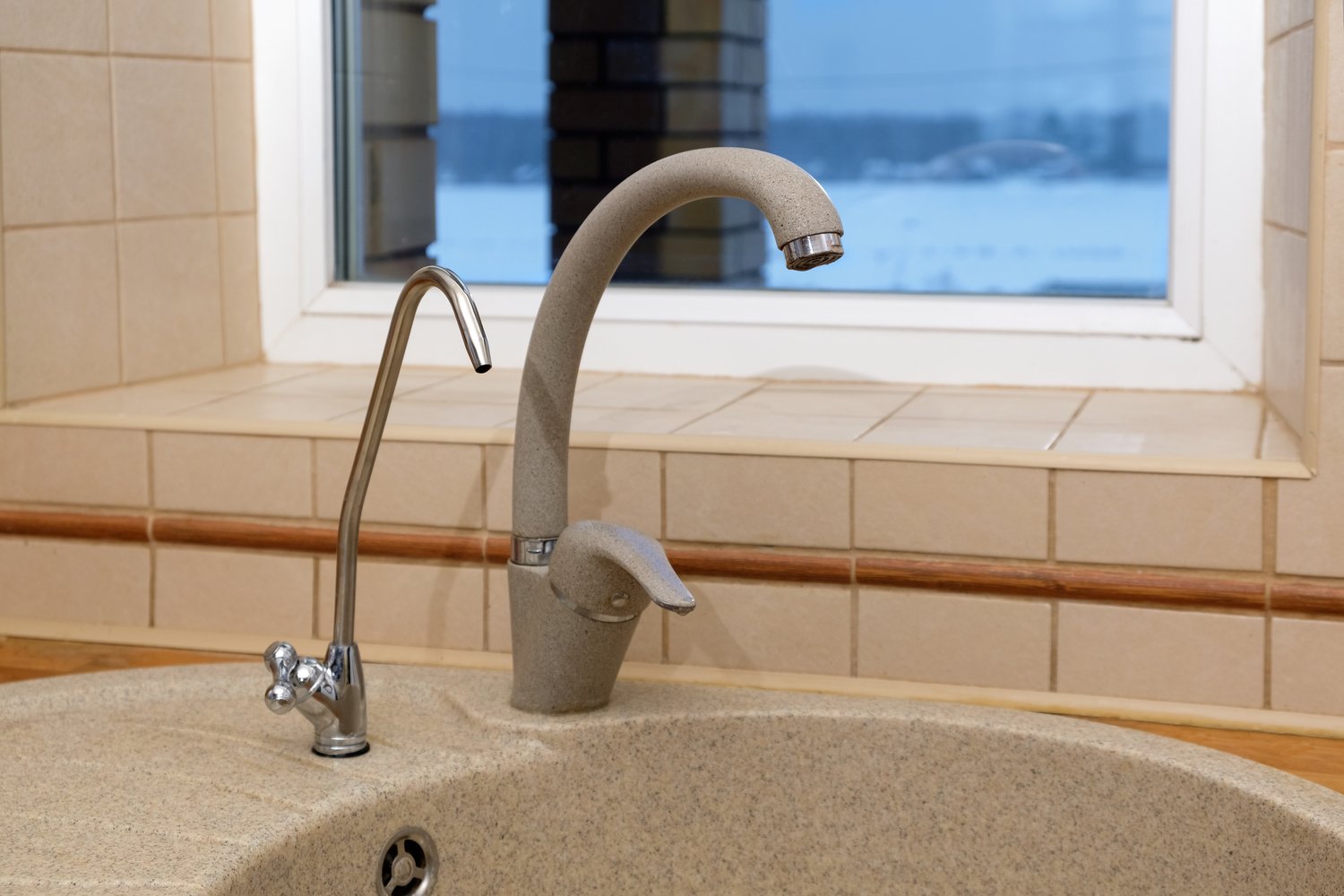The kitchen sink and taps are essential components that combine practical utility with aesthetic appeal in your cooking space. Selecting the right combination requires careful consideration of materials, configurations, and styles that align with your lifestyle needs and design preferences. This comprehensive kitchen sink guide will walk you through the key factors to consider when selecting these functional kitchen fixtures, from durable sink materials to ergonomic tap designs that make daily tasks more efficient. Whether you’re renovating or building from scratch, understanding these elements will help you create a kitchen workspace that’s both beautiful and practical.
Understanding Kitchen Sink Materials
The best sink material for your kitchen depends on several factors including durability, maintenance requirements, and your overall design aesthetic. Stainless steel remains the most popular choice due to its exceptional resilience, heat resistance, and modern appearance. Available in various gauges (thickness), premium stainless steel sinks with lower gauge numbers offer better durability and sound dampening properties. For those seeking a classic look, porcelain or fireclay sinks provide timeless appeal with their glossy finish, though they require more careful treatment to prevent chipping.
Composite sinks, typically made from granite or quartz particles bound with resin, deliver outstanding durability and stain resistance. These materials can withstand high temperatures and resist scratches better than many alternatives, making them ideal for busy kitchens. Natural stone sinks, while stunning and unique, demand regular sealing and special care. Copper sinks offer antibacterial properties and develop a distinctive patina over time, adding character to your kitchen. When researching options for your kitchen, AskHomey provides helpful resources to compare different sink materials and find local professionals for installation.
Sink Configurations and Mounting Options
Beyond materials, the configuration of your sink significantly impacts its functionality. Single-bowl designs maximize space for washing large pots and pans, while double-bowl options allow for simultaneous washing and rinsing or separating clean and dirty items. The increasingly popular 60/40 split configuration offers versatility with one larger and one smaller bowl. For larger kitchens, triple-bowl sinks provide maximum efficiency with dedicated spaces for different tasks.
The mounting style affects both aesthetics and practicality. Top-mount (drop-in) sinks are easier to install and more affordable, but the visible rim can collect debris. Undermount sinks create a seamless look with countertops and allow for easy sweeping of countertop debris directly into the sink. Farmhouse (apron-front) sinks make a bold design statement with their exposed front panel, while workstation sinks incorporate cutting boards, drying racks, and colanders for enhanced functionality. The mounting option you choose should complement your countertop material and overall kitchen design while meeting your practical needs.
Choosing the Right Kitchen Taps
Selecting kitchen taps involves balancing style with practical functionality. Pull-down and pull-out faucets feature flexible hoses that extend for targeted cleaning and filling tall containers. Their ergonomic design makes them popular choices in contemporary kitchens. For a professional look, consider pot filler faucets mounted near your cooktop for convenient filling of large pots. Bridge faucets offer vintage appeal for traditional kitchens, while separate spray faucets provide dedicated rinsing capability alongside your main tap.
Water efficiency is an increasingly important consideration when choosing kitchen taps. Models with aerators reduce water consumption without compromising performance. Smart faucets represent the cutting edge of kitchen technology, offering touchless operation, precise temperature control, and even voice activation. When evaluating kitchen taps, consider the height and reach of the spout to ensure it works with your sink configuration and provides adequate clearance for washing large items.
Coordinating Fixtures for Kitchen Cohesion
Creating a cohesive look requires coordination between your sink, taps, and other kitchen elements. Finishes play a crucial role in this visual harmony. While chrome remains popular for its versatility and affordability, brushed nickel offers warm tones with excellent durability. Matte black fixtures make a contemporary statement, while brass and copper add warmth and character to traditional spaces. Consider how your chosen finish will complement cabinet hardware, appliances, and lighting fixtures.
The scale of your fixtures should also be proportional to your kitchen and sink size. A large farmhouse sink pairs well with a substantial bridge faucet, while a compact single-bowl might be overwhelmed by an oversized commercial-style tap. When selecting functional kitchen fixtures, consider the overall design language of your space – whether minimalist, industrial, traditional, or eclectic – and choose pieces that reinforce this aesthetic while providing the performance you need for daily use.
Practical Considerations for Long-Term Satisfaction
Beyond style, several practical factors influence long-term satisfaction with your kitchen sink and tap choices. Water pressure in your home should guide tap selection, as some high-performance models require adequate pressure to function properly. Consider ease of cleaning when evaluating sink materials and configurations, as complex designs may trap debris. For households with young children or elderly members, lever-style handles or touchless operation may improve accessibility and safety.
Installation requirements and costs vary significantly between different sink types and tap configurations. Undermount sinks typically require professional installation, while some drop-in models are suitable for DIY projects. Similarly, wall-mounted taps involve more complex plumbing work than deck-mounted options. By thoroughly researching materials, configurations, and installation requirements, you can make informed decisions that balance immediate budget constraints with long-term performance and satisfaction in these essential kitchen components.
For more tips and to connect with reliable home service professionals, follow AskHomey on Facebook and Instagram.



